Can I eat light and invade species?Don't overestimate the ability to eat
Author:Species calendar Time:2022.09.05
Recently, the topic of invading species has frequently searched, from the crocodile crickets that have to be caught in a lake, to the officials that the citizens have encouraged the citizens to report a yellow flower in Canada that they will report. The invasive species that have attracted widespread attention include bullfrogs, Luo Fei, crayfish, and Fushou snails. Every time there is a topic of invading species, there will be such a sound: we eat for a minute to eat them for extinction. Even when talking about foreign invasive species, some netizens said: It is enough to send China to eat.
However, can I really send the invasive creatures into the grave and save the world?
The answer is: No.
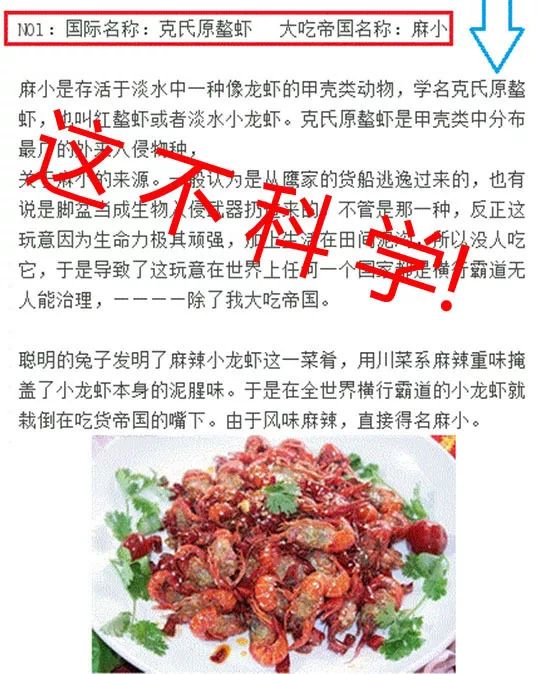
In the early years, there were rumors such as "818 invasion of foreign species who eat the empire". The rumors are so beautiful, but unfortunately not scientific
Not to mention whether Chinese food food can destroy the invasive species of other countries. It is China's invasive species in China alone. There are 754 invasive creatures recorded in the case. It is estimated that the annual economic losses have exceeded 120 billion.
Foodists solve the problem of foreign invasion species? You think too naive.
What is an invasive species?
Invasive Species is a subset of the introduction of species. If a species is introduced into a area where it has never existed naturally before, and if there are no more human intervention, this species may develop a certain number in the local area and even threatened the diversity of local creatures to become a local harm. This species can be called "invading species".
A species is not invading creatures at any time. For tens of millions of years, the global ecosystem has continuously staged species change and comedy, but this process is slow and can only happen under natural conditions -however, humans have changed all of this.
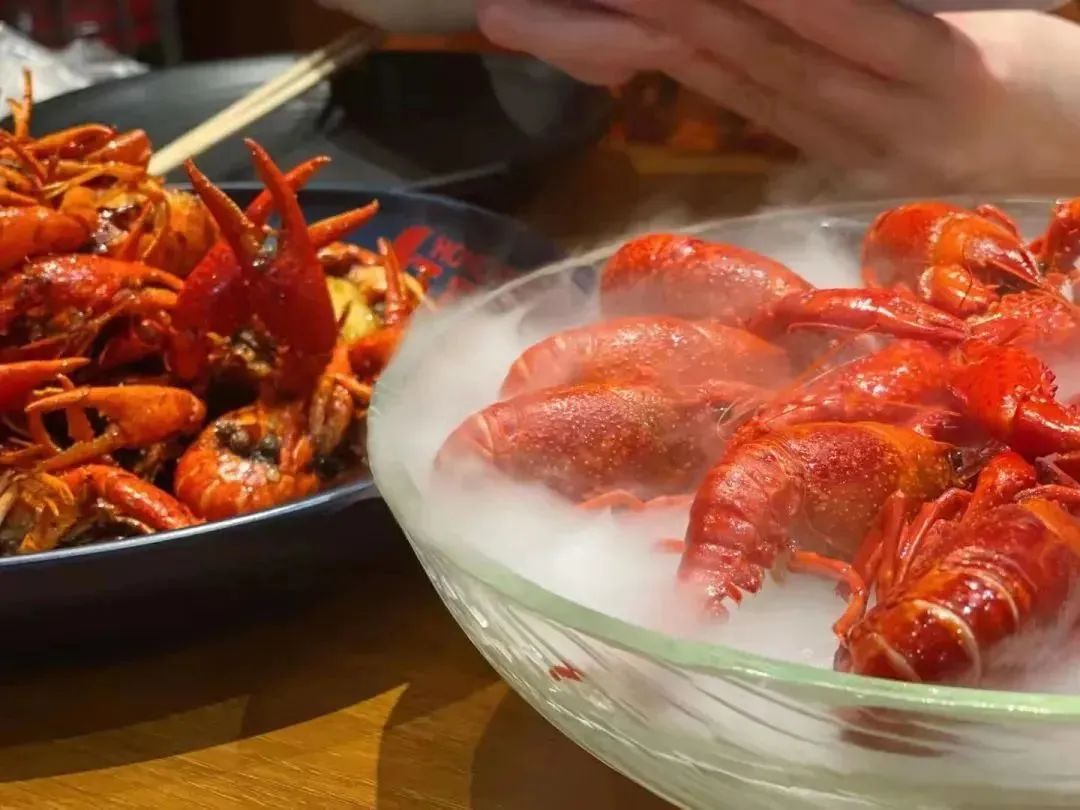
The crayfish (formal Chinese name: Ke family: Kergliraki), which everyone loves, is also an invasive species. They prey on local animals and plants, carry and spread the source of pathogenic sources to endanger indigenous species | Ansheng
Humans have unprecedented species mobile advantages: transportation. This makes some species be used in a ride of human beings and easily reach strange corners they have never arrived. In fact, not all species that arrived in different places will become invasive species. A large number of introduction of species facing species is an environment that they cannot adapt in the short term; those humans actively introduce exotic species for some economic purposes, and people often actively create a suitable habitat, and they can survive to survive. Essence
But a small number of species came to the new continent with the help of human beings, and the new environment was accidentally suitable for their survival, so they could live well without humanity. If they escape from human control and those factors that curb their population growth in their native land are completely disappeared, these species will become off the wild horses and form wild populations. There are many ways of dominating these species in the exotic dominance -some have invaded the survival space and resources of the original biomas through the number of potential survival advantages; Some can secrete toxins or have other means to inhibit the survival of local species.
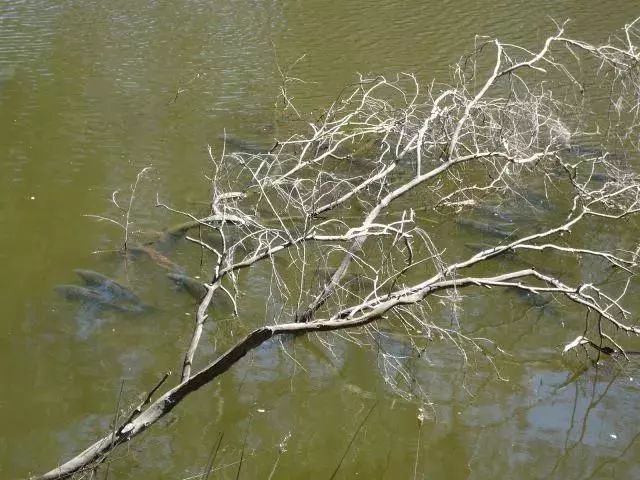
"Asian carp" in the Malema Nonghe, Australia | Vaderluck / Wiki Commons
In addition, invasive species do not necessarily have a sharp teeth and fully armed to eliminate all other creatures. Species that are effectively suppressed in a place in one place may become invasive species in places with different environmental factors.
After being familiar with these basic concepts, we will analyze several cases.
The beginning of the invasion is because of food
First look at American bullfrogs, Fushou snails, and Luo Fei fish. The invasion of these creatures is blindly introducing foreign species as food without considering market capacity. To put it simply, the reason why these species have become foreign invasion in China are precisely the introduction of the introduction of Chinese foodies, and the lack of effective breeding control and environmental isolation.
The American bullfroga (Rana Catesbeiana) is native to North America, and it is called Bullfrog in the United States. Bullfrogs are not only the largest frogs in North America, but also have a sturdy personality and a good appetite. Its recipes are far away from ordinary frogs, snakes, rats, fish, turtles, and shrimp. The liver it can catch is even its food. Even its tadpoles threatened the small fish in the water body.
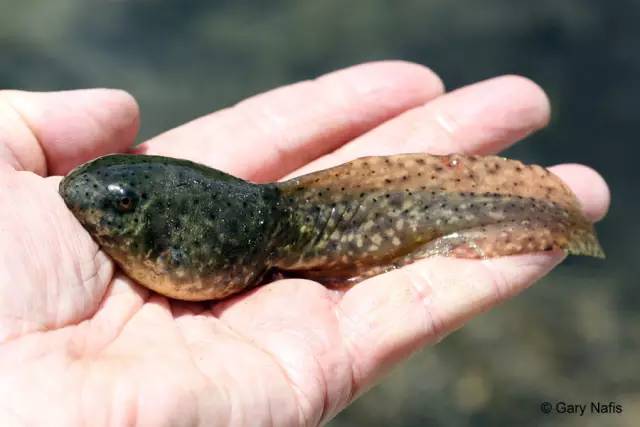
Bullfrogs' tadpoles | Gary Nafis /Californiaherps.com
Because of the extensive breeding conditions, and early people did not have awareness of the introduction of animals in the early days, in Asia, bullfrogs have escaped to the wild early, becoming wild species and then become invasive creatures.
The recording of bullfrog invasion in China was 1959 and entered from Hong Kong, but a larger invasion was after the economic opening of the 1980s and 1990s, "special breeding" throughout South China. Golden keys are attractive in China, and bullfrogs are one of them. However, compared with Chinese native wild frogs such as spiny chest frogs, tiger -patterned frogs, and black spots, the meat is too thick, and the eyes of the unable to enter the eyes have caused their sales to be poor. As a result, a large number of breeding venues were abandoned, and the escape American bullfrog replaced many native frogs. Similar to this is Pomacea Canaliculata. Fushouluo was produced from the Amazon River Basin in South America. In the 1970s, it was introduced into Taiwan as a food. Later, it was abandoned in large quantities due to poor meat quality. After the 1980s, the mainland did not learn lessons, and the consequences of introducing were repeated mistakes. Because of the strong reproduction ability, Fushou snails are now in almost all water bodies in South China.
FoulidatimeForgot.com
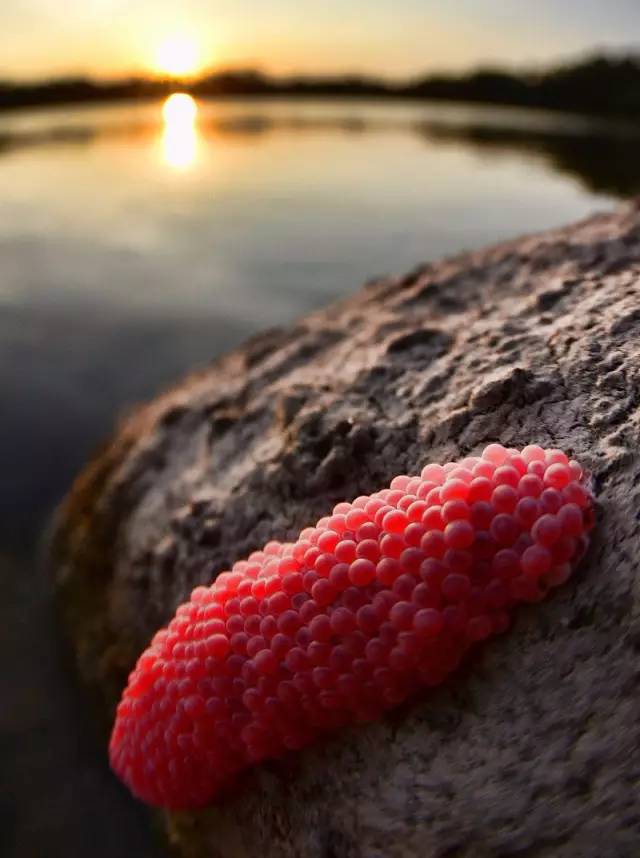
If the taste is not good, it is a reason to barely forgive the foodies, then Luo Feiyu becomes an invasive species, which is more due to the result of cultural tradition and low acceptance.
Luo Fei fish is not just a kind of fish, but the bream of Ligaeae belongs to Oreochromis and African catfish Tilapia. They are tender and wide -ranging. They are protein sources recommended by the Food Program. They have institutions in the United States, Israel, and India for breeding and breeding.
Luo Fei Fish | Fishbase.se
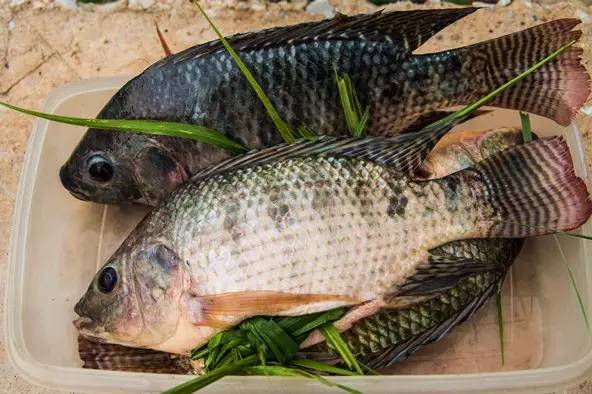
But in China, its problem lies in acceptance. Because the appearance is completely different from the four major fish that are traditionally cultivated, and Luo Fei fish grows rapidly, it is regarded by some non -recipients as "raised by feces." This view (perhaps prejudice) not only causes breeding failure and species escape in some places, but also makes Luo Fei fish flowing into the wild environment cannot be captured by people, causing wider invasion.
Some rumored invasion cases
The invasion of the Myocastor Coypus has little to do with food. They were originally introduced to China as a fur beast from the Soviet Union. They also formed a special breeding boom in the 1980s, and then escaped wildly to become invasive species. At present, the beaver meat we can see in the market or restaurant comes from breeding because of the cost of breeding beaver than the cost of capture in the wild. The hazard of their invasion is mainly to destroy the dams and crops.
Beaver | Alpsdake / Wiki Commons

Spring yellow chrysanthemum (Anthemis Tinctoria), Chrysanthemum Coronarium, and Gynnsura Crepidioides also appeared in the list of foreign invasion species, but none of them were listed in the serious hazard list. In fact, some of our familiar flowers such as Wanshouju, Qiu Ying, and Ya Che Chrysanthemum are all listed here, which means that evidence shows that they have established wild populations, but they have not caused serious economic and ecological hazards.
A few years ago, there was a "food person" that caused panic. The incident also made some friends know the power of invasive species at the time -however, this incident was later proven to be a farce. "Foods" generally refers to a variety of fish under the family of fat carp, carp. They have sharp teeth and live a living and meat habits. No certain information shows that any kind of "foodman" has established a population in the wild in China, and no "food man" has been included in the list of foreign invasion species in China. "Food" is very sensitive to temperature. Even if some "food people" escape into the freshwater body of our country, they cannot establish a population, and the second can not spend the winter.
Such as this Weibo.

Under the eyes of fat carp, some fish are introduced into breeding. They are all fatty carp. The market name is generally collectively referred to as freshwater white ravioli. One of the fine -scales fatli carps (Piaractus Mesopotamicus) entered China to invade species data from China. , Often becoming the object of "ingels" in various places. In any case, they are omnivorous fish, which are delicious and non -aggressive. On the environment of the environment, it is really better to try it.
Rumors are not limited to China
There are also some rumors about the invasion of species, such as "light vegetables invading Western Europe and North America." The invasion of the statement is roughly accurate, but this invasion is not a light dish, but a dreissena Polymorpha.
The zebra mussels native to the sea and the Black Sea. In the first half of the 19th century, they were brought into the ports of Britain, Ireland, Spain and other countries in Western Europe, because of their strong attachment and reproduction capabilities. The local port facilities were destroyed and had been invaded to the Netherlands, Czech Republic and Sweden, and arrived in Italy in 1973. In 1988, it was found in Windsor and Detroit, Canada for the first time that the zebra mussels have spread throughout the five large lakes in decades. Their harm to ecology is mainly due to rapid reproduction, which is enough to change the energy flow of the ecosystem. And because of its possibility of enriching toxins and pollutants, experts do not recommend eating zebrazel mussels (although they can be eaten). The United States spends $ 500 million each year to control the spread of zebrazel mussels. Zebra mussels in the Netherlands | bj.schoenmakers / Wikimedia Commons
And we call the shellfish of light vegetables, and many species living in the East Asian Coast in the Musky family. Although they will also cause damage to the seaport facilities at some point, because they are local species, they are effective by other creatures that are effective by other creatures. The quantity is controlled, so it does not cause serious problems.

Unfortunately, eating can not save the world
At this point, the error analysis of the classic case of "food to save the invasive species" has been analyzed. However, in a wider sense, invasion species are far from relying on people to "eat" the problem.
Taking the situation in China as an example, 754 kinds of invasive creatures in the case, 134 species are various microbial plant diseases, most of the animals are insects, and most of the plants are unbearable. As a human "food", we are so unimply useful, but we can use this to expand ideas and use the "food" of other species to help us solve the problem, that is, the so -called "biological control".
While developing the economy while maintaining the current situation of the environment, this is the best strategy for human beings to continue civilization. Therefore, trying to control the number and types of invasive species, together with environmental protection, should be a means of continuation of civilization.
Author: Zhongshu Mo
This article comes from the species calendar, welcome to forward
If you need to reprint, please contact [email protected]

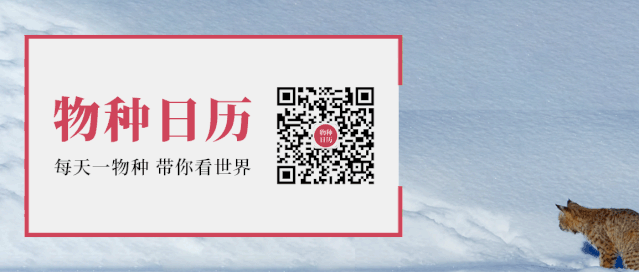
- END -
Global connection 丨 Higgs particle discovery 10th anniversary basic particle science science lecture was held at the University of Science and Technology of China
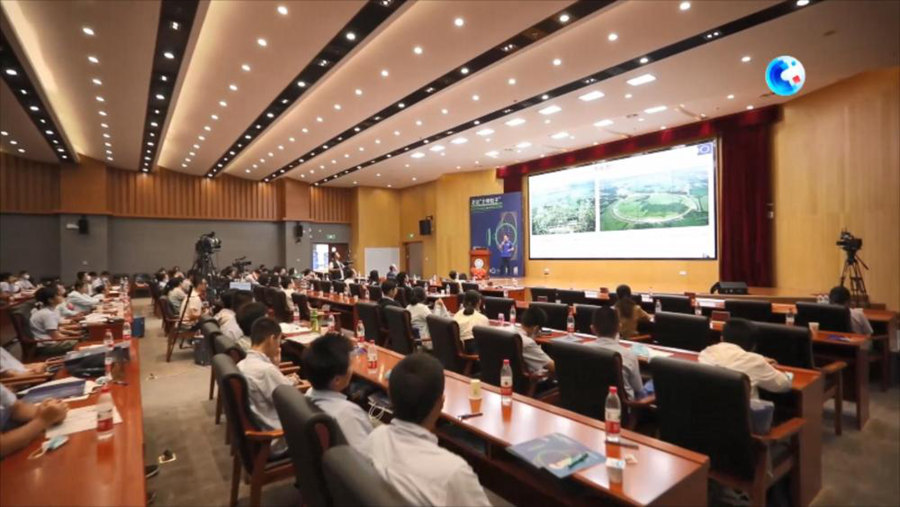
July 4, 2022 is the tenth anniversary of the finding of Higgs particles.The popula...
China's ten years 丨 my country has built the largest and technological network infrastructure i

Xinhua News Agency, Beijing, June 14 (Reporter Zhang Xinxin) Xin Guobin, deputy mi...